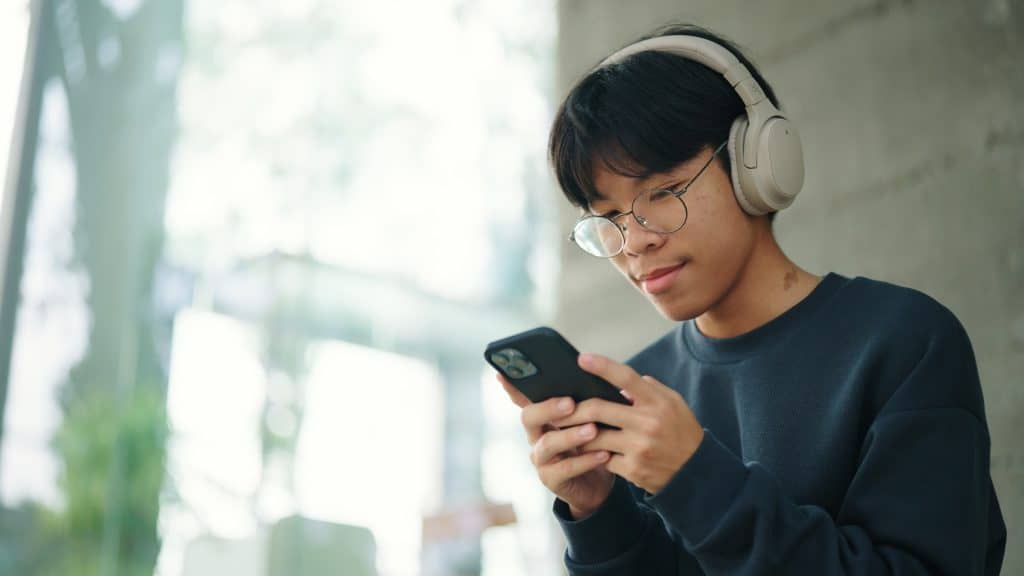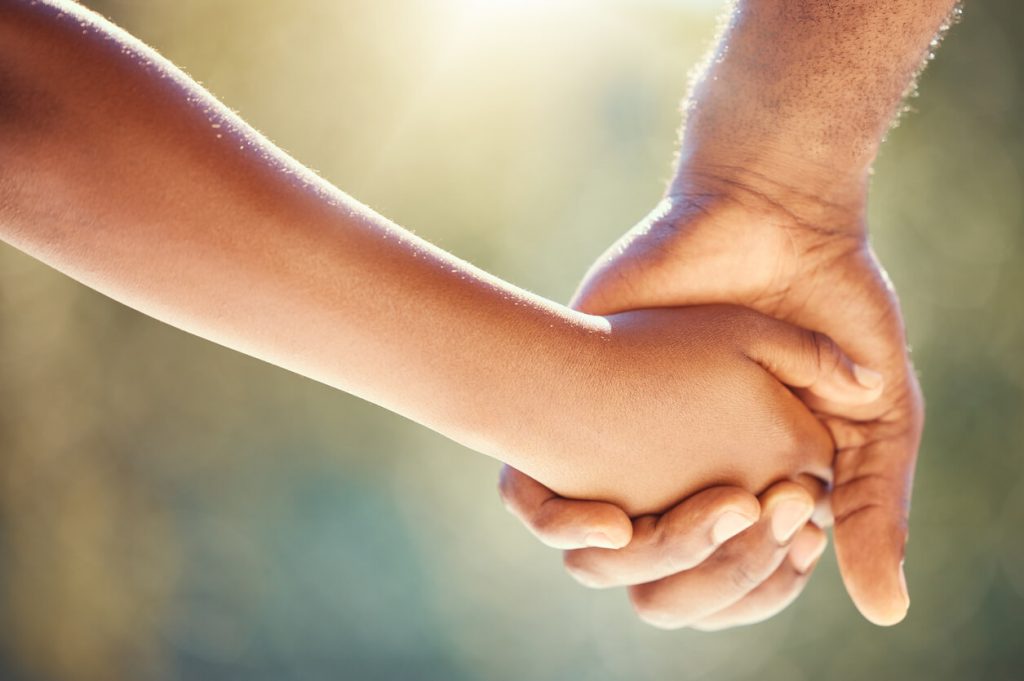When it comes to the subject of Internet safety, teens are notoriously difficult to figure out. They aren’t just kids anymore. They are blossoming adults. As such, parents often waffle between wanting their teens to experience a measure of adult freedoms and wanting to protect them from over-sexualized media. Where’s the balance?
Teens Using Porn
About 90% of boys and 70% of girls, ages 13 to 14, have reported accessing porn at least once last year, and 35% of boys reported viewing porn online “too many times to count.”
About 70% of boys and nearly a quarter of girls say they have spent at least 30 consecutive minutes viewing Internet porn on at least one occasion.
A quarter of teens have been exposed to porn online when they weren’t even looking for it. When Martin Daubney interviewed teens for the documentary, Porn on Your Brain, many kids said, “It just pops up [on Facebook] whether you want it or not…You don’t have any control over it.”
Teens Becoming Porn
The Internet is not only a delivery method for pornography to the eyes of teens. It is also a delivery method for teens distributing their own porn. About 20% of 16-year-olds and 30% of 17-year-olds have received a sext (sexually explicit text message) from someone else.
Social media has become a display case for common teenage insecurities. Girls post videos on YouTube to ask random millions if they are pretty or not. They post repeated provocative bikini photos on Instagram to attract the attention of boys. Boyfriends and girlfriends masturbate in front of their webcams for each other on Skype. Teens use Snapchat to send nude images of themselves (with the false hope that the image cannot be saved).
Kim Goldman, director of the Santa Clarita Valley Youth Project, says, “Of course girls want to emulate this stuff. Girls talk about feeling like they have to be like what they see on TV.” When the latest teen celebrity posts bikini shots on her 16th birthday and gets 10,000 likes, girls see what they need to do to get attention.
Now, teen sexual activity and even rape can be posted on social media for the world to see. Disgruntled ex-boyfriends or ex-girlfriends post sexual images of their former lover online—a phenomenon called “revenge porn.” Kids use Tumblr or Facebook to post images of their peers leaked sexting photos. Sexual images like this are often the catalyst for “slut shaming,” a vicious form of cyberbullying.
Teens Mimicking Porn
Pornography is powerful sexual education. It not only turns people on: it leaves them wanting more of what they saw. Quickly teens are learning that to be sexy, one has to emulate pornography.
One study surveying teens suggests that the more often young people sought out online porn, the more likely they were to have a “recreational” attitude toward sex. Among young men who watch porn, 53% say that porn has “inspired” them.
And once again, social media and the Internet are helping teens make these sexual connections. Using Omegle, students can start sexual chats with strangers. With apps like Tinder or Blendr, teens can arrange random hook-ups with co-eds they meet online.
Parents are the Missing Link
Giving teens freedoms online is a great preparation for adulthood, but freedom without accountability is a recipe for disaster.
What does this mean? Dr. Patricia M. Greenfield, a researcher in the area of sexual media, says that the most important factor in reducing porn usage among teens is “a warm and communicative parent-child relationship.”
This means having a regular, ongoing conversation with your teenagers about sexuality, sexual desires, and sexual consequences. It means talking to them about the meaning and purpose of sex. It means monitoring what your teens are doing online—with their knowledge, of course—and talking to them about their online choices.
When it comes to Internet safety, teens are not a lost cause.







